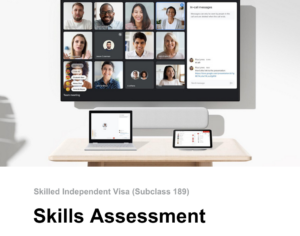Menu
You can manage your membership and billing method by clicking here
Terms of Service
Privacy Policy
Copyright © 2025 Office of Immigration Australia, a private company registered in Australia. All Rights Reserved.

Checking membership status...
 EXCLUSIVE MEMBERS ONLY ACCESS
EXCLUSIVE MEMBERS ONLY ACCESSTo access this month’s edition & Member’s only resources, enter your registered email address.

Exclusive Australian Immigration News, Updates & Opportunities
Description
Welders fit, assemble, and welds metal parts and subassemblies to fabricate production machines and other equipment.
Skill Level 3
Unless you are exempt in very limited circumstances, you are required to have a positive Skills Assessment to apply for the visas listed above.
Skills Assessment authority for Fitter-Welder is Trades Recognition Australia (TRA). To have a positive skills assessment, you must meet the following criteria:
Tasks
Skill Level
Most occupations in this unit group have a level of skill commensurate with the qualifications and experience outlined below.
In Australia:
In New Zealand:
At least three years of relevant experience may substitute for the formal qualifications listed above. In some instances relevant experience and/or on-the-job training may be required in addition to the formal qualification.
Occupations in this Group
• You may obtain further information on how to apply for your ‘Skills Assessment’ via simply clicking on the blue links located on ‘page 8 and 9’ of the APPLICATION GUIDE’ (located in Step 4).



You can manage your membership and billing method by clicking here
Terms of Service
Privacy Policy
Copyright © 2025 Office of Immigration Australia, a private company registered in Australia. All Rights Reserved.